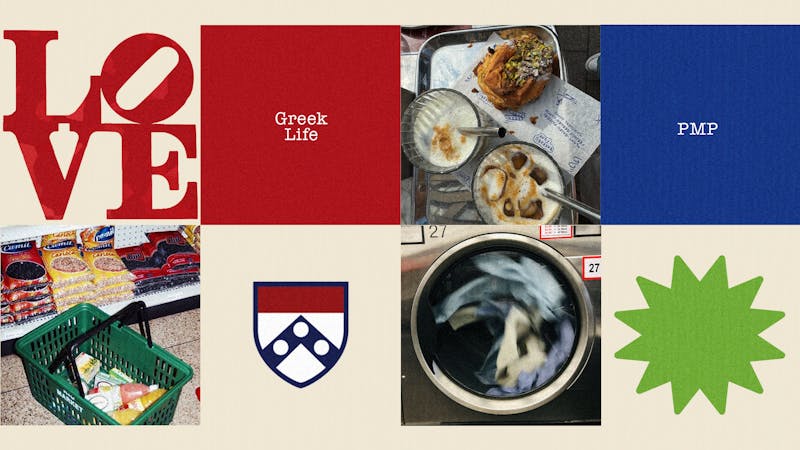
Samantha Sharf
Elements of Style
When scanning through photos of myself on Facebook (don’t judge — you do it too), it can be hard to resist the urge to open up Photoshop. The popular software allows anyone with a computer to enhance digital images with relative ease. Such changes can be as simple as adding light to a photo that was shot in a dark room or as drastic as taking years off someone’s face.
I wouldn’t go crazy and start cutting (ex-)friends out of photos, but it would be nice to remove the shine from my forehead, to open up my eyes a bit and to put cover up on my blemishes. Of course, I would like to do all this without anyone noticing. The only thing worse than the world seeing me as red and pimply would be everyone thinking I am vain.
For years, many fashion and beauty magazines have been doing just what you and I can only dream of — manipulating images without telling.
Like me, a group of researchers felt this was a problem. Last week, computer scientists from Dartmouth College released the results of their efforts to find a way to deal with it.
Their study proposes a method to compare two images, one before any enhancement or editing and one after. A metric developed by professor Hany Farid — who received a Ph.D. from Penn in 1997 — would rank images on a scale of 1 to 5 to determine how extensively a digital photo had been edited. A score of 1 would indicate that a photo had been minimally enhanced, while a 5 would denote an image that had been drastically changed. The scale is based on hundreds of rankings by human observers.
Commentaries in the press have generally applauded this study, focusing on the potential it has to help ease the psychological burden unrealistic depictions of the human body impose on viewers. It also calls advertisers to task for exaggerating the effectiveness of beauty products. Various articles also cite eating disorders as problems heightened by the practice of Photoshopping.
In an email, Paul Hendrickson — who teaches a course on writing from photographs (which I have taken) — described the study’s proposed ranking system as “a form of ‘truth in advertising.’ It’s like labeling on the side of the package of the cigarettes that there are carcinogens in this little box in your hand. It’s giving some kind of notice or alert, and while it won’t nearly begin to solve the problems, it’s a pale start I applaud.”
The Dartmouth study — published in the scholarly journal The Proceedings of the National Academy of Sciences — begins by stating, “In recent years, advertisers and magazine editors have been widely criticized for taking digital photo retouching to an extreme … The ubiquity of these unrealistic and highly idealized images has been linked to eating disorders and body image dissatisfaction in men, women and children.”
This declaration begins to reveal the enormous consequences that such a study both responds to and can have. There is much more at stake than pure aesthetics.
I am also interested in the ways changes to photos tend to alter the stories around them. Perhaps on some level, the problems are one in the same.
Hendrickson pointed out that “in the best of circumstances a photograph can deliberately or inadvertently deceive, even as it is telling us other truths.” He then proposed that editing “makes the ethical issues all the more troubling.”
Similarly, the Dartmouth study grew from a culture of struggling with how to determine the reliability of any photo. Photo manipulation is nothing new. According to Farid’s blog, one of the most iconic images of Abraham Lincoln is actually the president’s head superimposed on politician John Calhoun’s body.
Despite its long history, photo manipulation has taken on new force and ramifications in recent years. Some European countries are considering legislation that would mandate that photos be categorized as enhanced or not enhanced and labeled as such. This has gone too far.
Publications should instead impose internal regulations stating how much a photo can be edited. The prevalence of unrealistic images of beauty in today’s media shows the necessity of change. All publications should consider investing in tools that utilize the proposed metric when and if they become available.
When considering how to improve the honesty of published images, it is important to avoid black and white solutions.
Samantha Sharf, a former Managing Editor for The Daily Pennsylvanian, is a College senior from Old Brookville, N.Y. Her email address is samsharf@sas.upenn.edu. Elements of Style appears every Wednesday.
The Daily Pennsylvanian is an independent, student-run newspaper. Please consider making a donation to support the coverage that shapes the University. Your generosity ensures a future of strong journalism at Penn.
DonatePlease note All comments are eligible for publication in The Daily Pennsylvanian.







